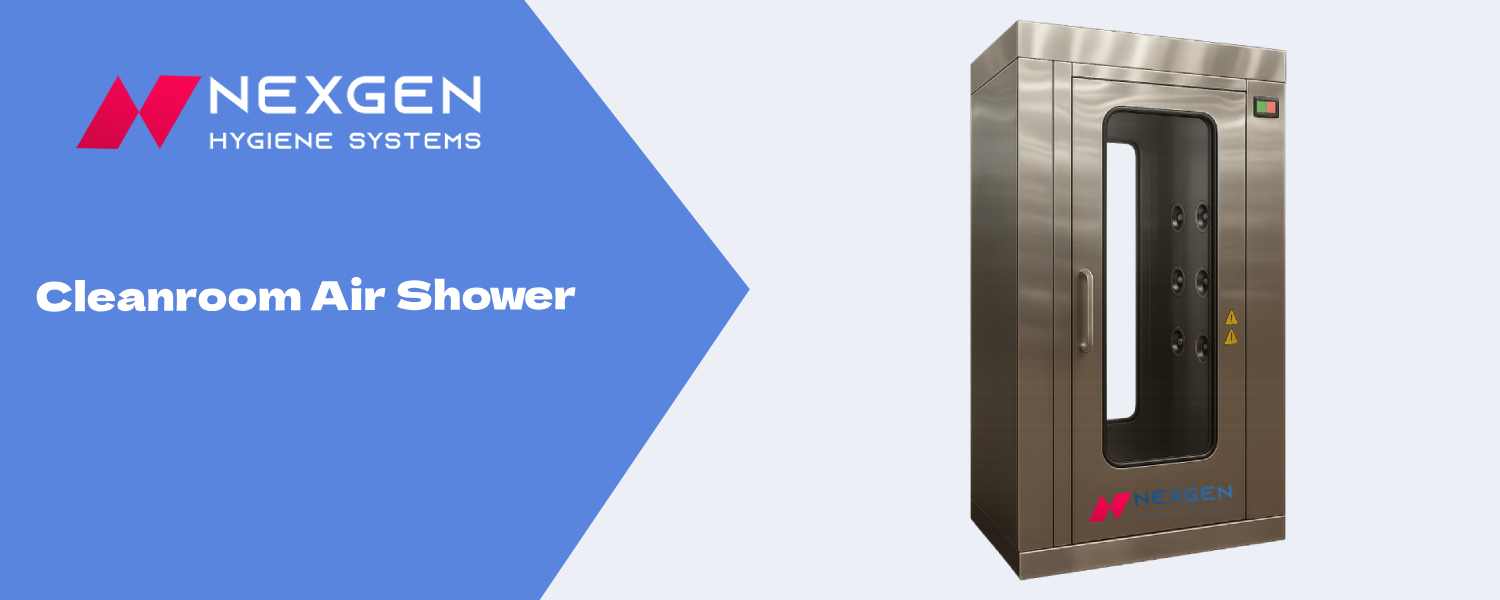In pharma and FMCG facilities, hygiene isn’t a checklist item—it’s part of the product.
From raw material handling to final packaging, every step needs to happen in a clean, controlled environment. But keeping that environment clean isn’t just about sweeping floors or wearing gloves. It starts at the entrance and continues through every movement inside the facility.
Cross-contamination doesn’t always come from obvious mistakes. It can be as small as dirt on a shoe, unwashed hands, or dust particles on a worker’s coat. These are the kinds of problems hygiene stations are built to solve.
Why Cross-Contamination Is Still a Common Problem
Despite SOPs and audits, contamination still happens. Why?
Because manual hygiene habits depend on people doing the right thing, every time. And in fast-paced environments, things get skipped—sometimes unintentionally.
That’s where hygiene stations help. They create automated checkpoints that workers naturally pass through, making hygiene a built-in part of the workday instead of something people have to remember.
Where Contamination Starts (And How to Stop It)
Let’s look at some of the common problem areas—and the hygiene solutions that help control them.
1. Entry Points
What works here?
- Sensor-operated sole cleaning machines that disinfect as people walk through
- Automatic hand washing stations that don’t rely on memory or supervision
- Turnstiles with hygiene sensors to ensure the process can’t be skipped
2. High-Movement Areas
People move constantly—between storage, production, and packaging zones. And every movement carries risk.
How to manage it?
-
- Foot operated wash basins in shared corridors
- Knee operated hand wash stations in tight spaces
- Clearly placed hygiene stations between clean and semi-clean zones
3. Cleanroom or Sterile Zones

These areas require even more control. Even a single hair or dust particle can ruin a batch or fail an audit.
The best barrier?
-
- A cleanroom air shower that removes surface contaminants from clothing
- No-touch entry systems that only allow access after hygiene steps are completed
4. Exit Zones

People don’t always think about hygiene on the way out. But bacteria and dirt can exit the clean zones and re-enter shared spaces.
What helps here?
- Exit turnstiles with mandatory disinfection before release
- Hand wash stations that are placed before locker rooms or cafeteria access
What a Hygiene Station Is Really Meant to Do?
A good hygiene station isn’t just a machine—it’s a habit builder. It removes friction from hygiene and replaces it with flow.
Instead of posters telling people to wash their hands, the process becomes automatic:
- Step in
- Disinfect hands and soles
- Get cleared to move forward
No decisions. No reminders. Just hygiene built into the way the day works.
Features That Make a Difference
When choosing a hygiene station for pharma or FMCG, think about more than specs. Think about how it will actually be used.
Look for:
- Hands-free operation (sensors, foot or knee control)
- Fast cycles (so workers don’t feel delayed)
- Easy maintenance (because no one likes fussy refills)
- Durability (these systems run every shift, every day)
- Worker comfort (if it’s uncomfortable, people avoid it)
Why Nexgen Hygiene Stations Fit the Pharma & FMCG Flow
At Nexgen Hygiene Systems, we design hygiene stations based on how real facilities move. That means:
- Machines that handle high footfall
- Systems that fit tight spaces
- Units that don’t need complex maintenance
- And most importantly—products that people actually use
From automatic hand washing stations and sole cleaners to exit turnstiles and cleanroom air showers, each product is designed with the everyday factory routine in mind.
Final Thoughts
Cross-contamination doesn’t start with major accidents—it starts with small misses.
A forgotten hand wash. A dusty shoe. A worker skipping the sanitizing step to save 30 seconds. Over time, those small lapses add up.
Hygiene stations don’t just fix those gaps—they make sure they don’t happen at all.
If your facility is expanding, automating, or preparing for stricter audits, now’s the time to upgrade how you manage hygiene. And if you’re not sure where to begin, start with the basics:
Look at your entry points. See what people skip. Then put a system there to catch it.
Need help planning that out? We’re here when you're ready.
Request a QuoteFAQs
Why are hygiene stations important in pharma and FMCG industries?
These industries require strict hygiene to avoid contamination in products. Hygiene stations help automate and standardize cleaning routines to reduce risk, improve compliance, and pass regulatory inspections.
Can hygiene stations prevent microbial contamination?
Yes. When used correctly, stations like automatic hand washing units, shoe sole cleaners, and air showers can reduce microbial load significantly.
Where should I install a hygiene station?
At every point where people enter or move between zones: production entrances, raw material areas, packaging lines, cleanroom entries, and exit points.
What’s the difference between a foot operated and a knee operated wash basin?
Foot-operated units use a pedal; knee-operated units use a push panel. Both are hands-free but suit different spatial and ergonomic needs.
Are hygiene stations expensive to maintain?
Not necessarily. Most modern stations are designed for low maintenance with durable parts and easy refill systems. Costs vary depending on usage frequency and the station type.
What is a cleanroom air shower used for?
It’s used before entering sterile zones to remove loose dust, lint, and particles from clothing using high-velocity HEPA-filtered air.
Can hygiene stations be integrated with access control systems?
Yes. Many systems-like exit turnstiles-can be integrated with card readers or biometric systems to enforce hygiene compliance before granting entry or exit.
Are hygiene stations customizable?
Yes. Many models offer add-ons like soap types, basin configurations, or disinfectant formats depending on the industry and usage conditions.
